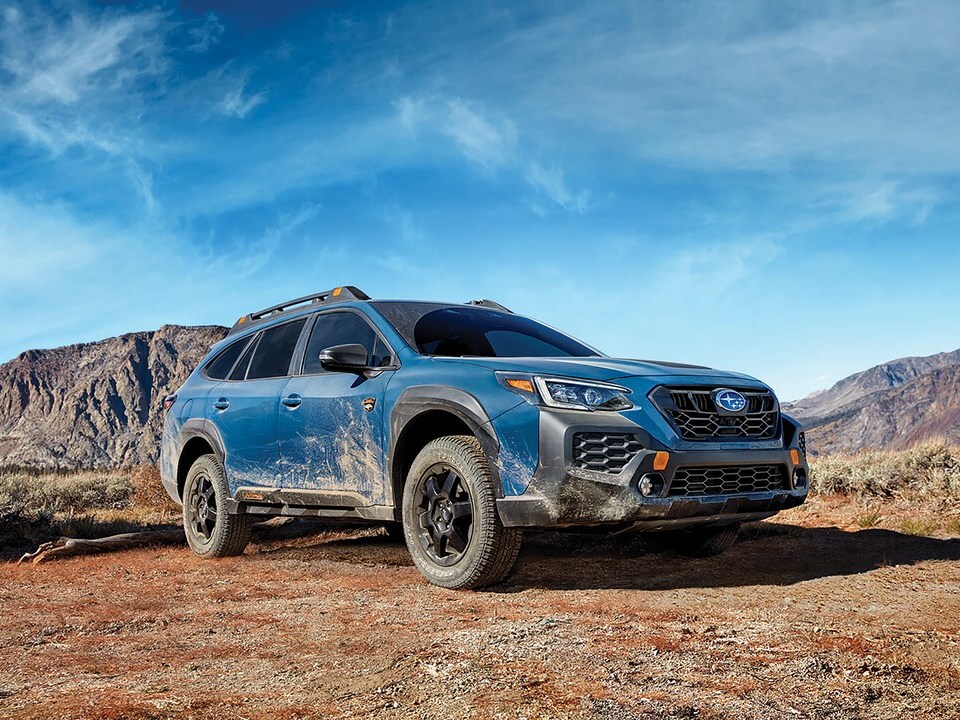
Subaru Forester vs Outback in Ellsworth, ME

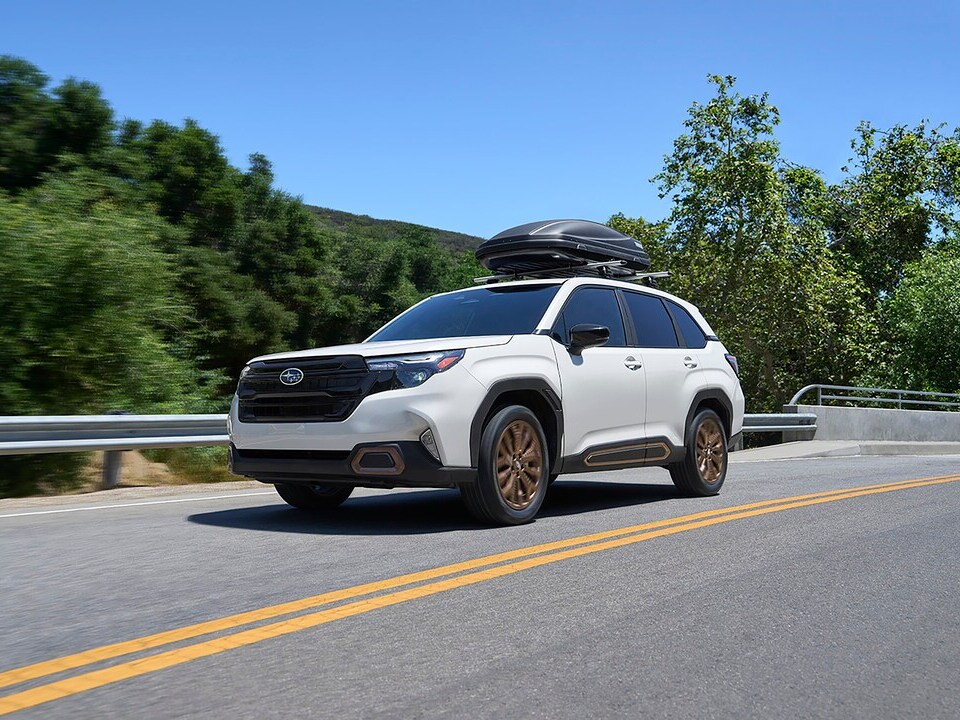
Comparing the 2025 Subaru Outback and the 2025 Subaru Forester
New Subaru SUVs sit at the top of the list for many shoppers, but how do you decide which is right for your needs? Our team simplifies your search by explaining the differences between the Subaru Outback and the Subaru Forester. The 2025 Subaru Outback and the 2025 Subaru Forester are capable options that can handle any Bangor, ME drive, and we can help you decide which should make it to your driveway.
Explore our new Subaru inventory online for a more in-depth look at each model before coming to our dealership for a test drive.
| Features | 2025 Subaru Outback | 2025 Subaru Forester |
|---|---|---|
| Drivetrain | All wheel drive | All wheel drive |
| Engine power | 182 hp @ 5,800 rpm | 180 hp @ 5,800 rpm |
| Engine torque | 176 lb-ft @ 4,400 rpm | 178 lb-ft @ 3,700 rpm |
| Engine displacement | 2.5 l | 2.5 l |
| Engine configuration | Flat 4 | Flat 4 |
| Transmission | Continuously variable-speed automatic | Continuously variable-speed automatic |
| City/Hwy/Combined MPG | 26 / 32 / 28 MPG | 26 / 33 / 29 MPG |
| Fuel Capacity | 18.5 gal. | 16.6 gal. |
| Driving Range (city/hwy) | 481 / 592 miles | 432 / 548 miles |
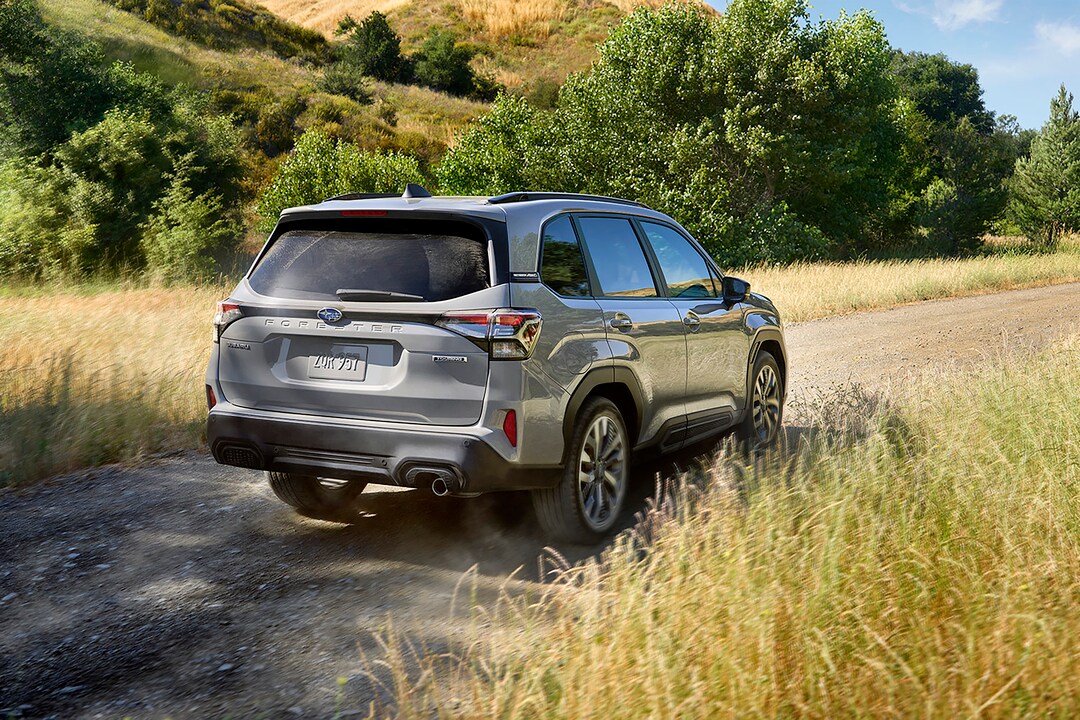
Is the 2025 Subaru Outback Bigger than the 2025 Subaru Forester?
The 2025 Outback is longer and wider than the 2025 Forester. The 2025 Forester is taller than the 2025 Outback. The longer wheelbase of the 2025 Outback could give it a smoother ride over rough roads, but the 2025 Forester is slightly nimbler in tight spaces.
The difference might seem like a lot when looking at their exterior dimensions, but the cabin does not show the same disparity. Passenger space measures 109 cubic feet in the 2025 Outback and 110.8 cubic feet in the 2025 Forester.
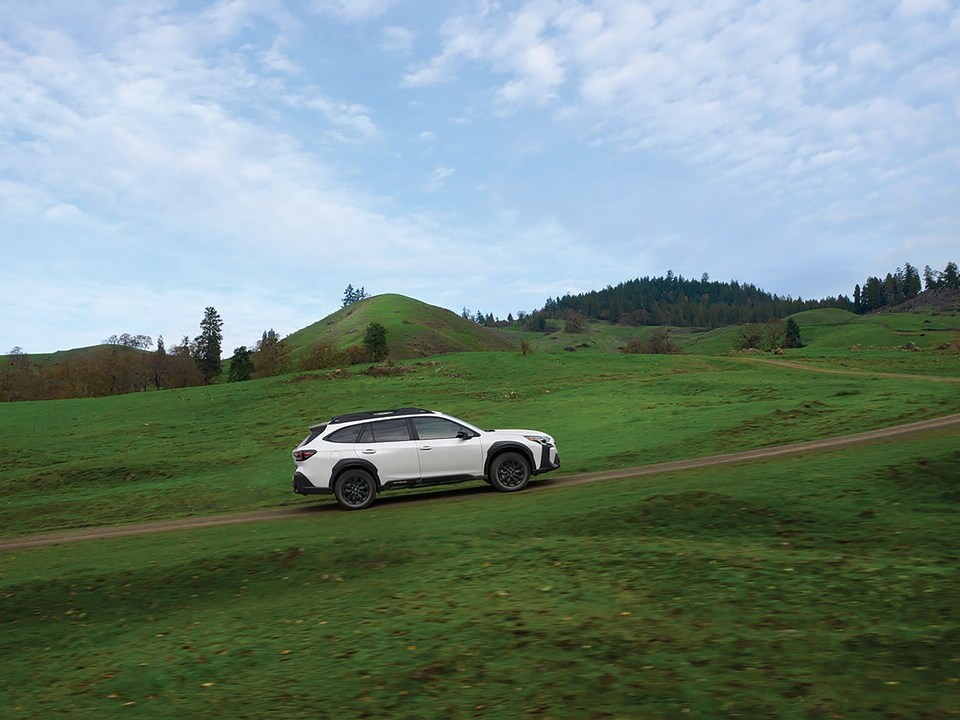

Which Model Has More Powerful Engine Options?
The 2025 Subaru Outback has a 182-horsepower engine, while the 2025 Forester has a 180-horsepower engine. Both models offer a more powerful engine, with the 2025 Forester Wilderness equipped with a 182-horsepower engine and the 2025 Outback XT and Wilderness trims with a 260-horsepower engine.
More powerful engines give the 2025 Outback higher towing capacities to help you handle Trenton, ME camping trips and adventures. The 2025 Outback can tow between 2,700 and 3,500 pounds, while the 2025 Forester can tow between 1,500 and 3,000 pounds. Both are incredibly capable SUVs with Subaru Symmetrical All-Wheel Drive.
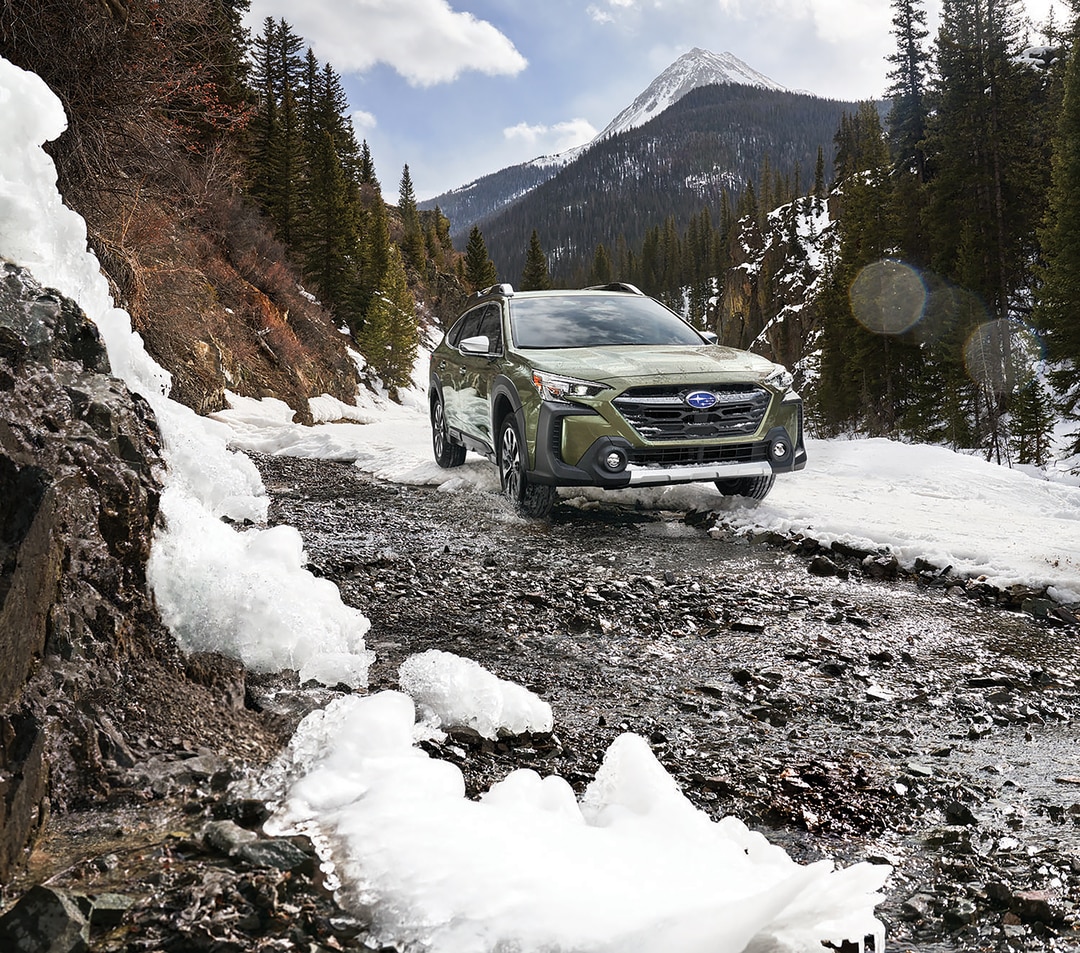
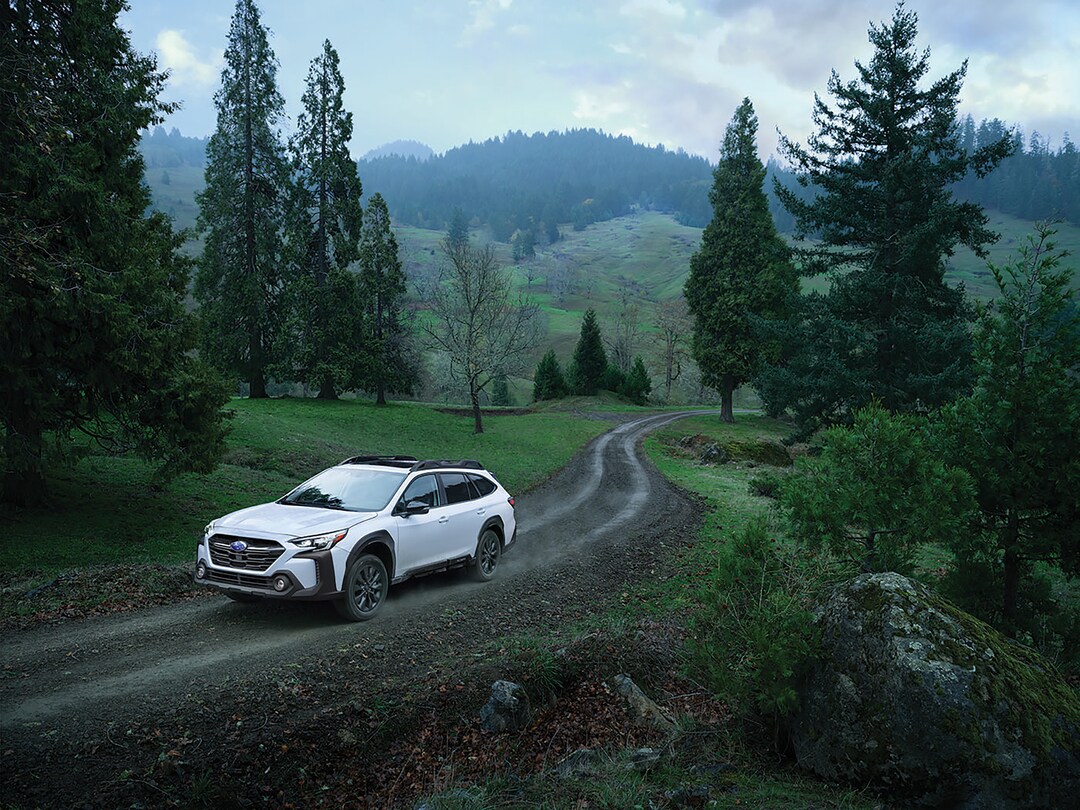

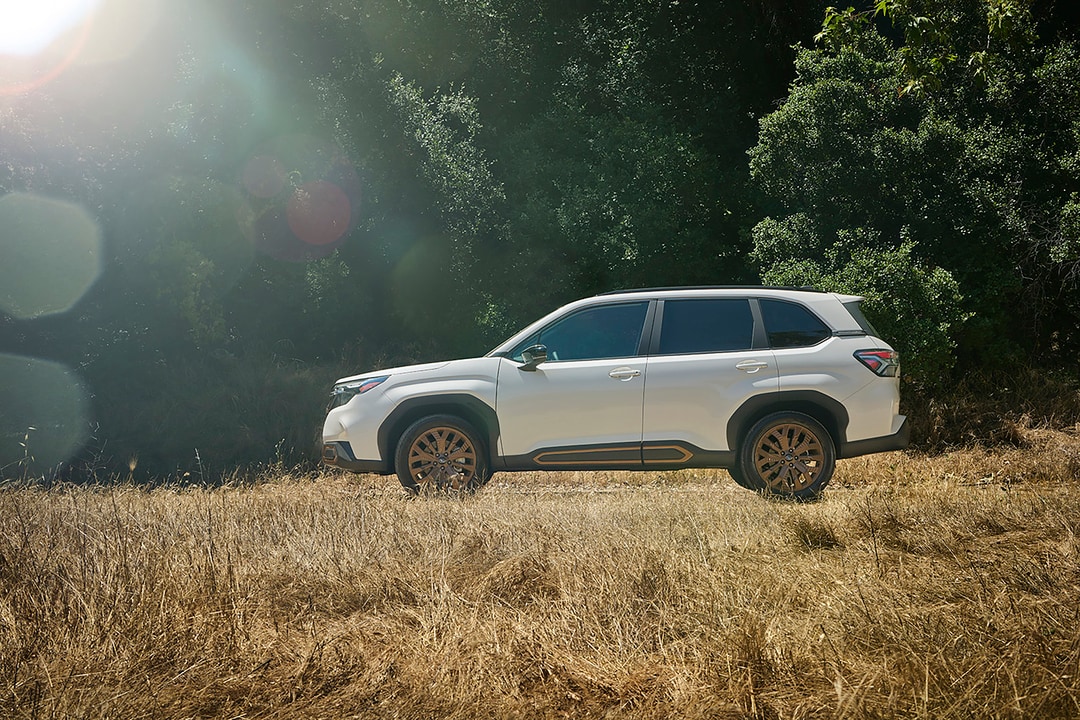
Does the 2025 Outback Have More Ground Clearance than the 2025 Forester?
Both models come standard with 8.7 inches of ground clearance. This allows the 2025 Outback and the 2025 Forester to get over difficult terrain and conditions better than many of their competitors, which can include the snowy conditions around Blue Hill, ME.
The 2025 Outback Wilderness and 2025 Forester Wilderness increase ground clearance and off-roading features like skid plates. The 2025 Outback Wilderness has 9.5 inches of ground clearance, while the 2025 Forester Wilderness has 9.2 inches.
Which Model Has More Cargo Space?
Knowing your new SUV can fit your gear and equipment is important. The 2025 Outback offers between 32.6 and 75.6 cubic feet of cargo space. The 2025 Forester gives between 29.6 and 74.4 cubic feet of cargo space. The versatility of each model ensures you can bring gear and equipment without cramping your passengers.
Any gear you don't want inside could go on the standard roof rails of both models. Raised roof rails add to the bold silhouette and capable design, while the 2025 Forester Touring comes with low-profile roof rails for a sleek design that doesn't sacrifice what it can do.
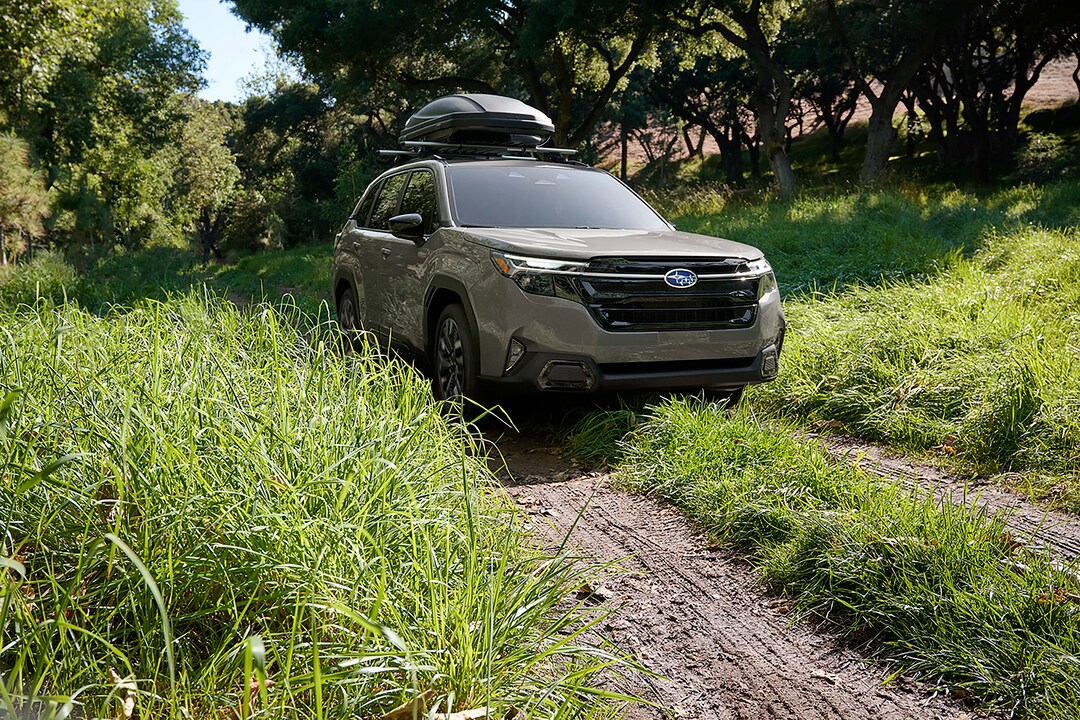
Schedule a New Subaru Test Drive in Ellsworth, ME for a Closer Look at Each Model
Our comparison shows you what each model offers, but getting into the driver's seat can help you see all the benefits of ownership. The 2025 Subaru Outback and the 2025 Subaru Forester are attractive options for anyone facing daily commutes, weekend adventures, and road trips, and our team can help you decide which has everything you want.
Explore our new Subaru inventory and specials to see every model we offer. Once you decide which has the right features, our finance center can help you find financing and leasing details. Visit our dealership near Bar Harbor, ME today for your test drive.
-
Stanley Subaru
22 Bar Harbor Road
Ellsworth, ME 04605
- Sales: 207-667-4641
How Can We Help?
* Indicates a required field
-
Stanley Subaru
22 Bar Harbor Road
Ellsworth, ME 04605
- Sales: 207-667-4641



